Graphics Reference
In-Depth Information
then
(
)
()
=
Ú
cos
()
Ú
()
Fs
q
sds a
+
,
sin
q
sds b
+
.
(9.14)
This determines F(s) up to a translation (a,b) and rotation through an angle f. See
[DoCa76] or [Gray98].
A corollary of Proposition 9.3.4 and Theorem 9.3.5 is
9.3.6. Corollary.
The planar curve F(t) traces out a straight line if and only if
F¢(t) ¥ F≤(t) = 0.
The function q(s) in the proof of Theorem 9.3.5 is worth another look because it
leads to another interpretation of curvature.
9.3.7. Theorem.
Let F(t) be a regular curve with domain [a,b]. If
¢
()
¢
()
=
(
Ft
Ft
0
0
)
cos
q
,
sin
q
0
0
for some t
0
Π(a,b) and some fixed angle q
0
, then there is unique differentiable func-
tion q(t) on [a,b], so that
¢
()
¢
()
=
Ft
Ft
(
()
()
)
cos
q
t
,
sin
q
t
for all t Π[a,b]. Furthermore,
d
dt
q
=¢
()
()
Ft
k
t
.
S
Proof.
See [Gray98].
Definition.
The function q(t) in Theorem 9.3.7 is called the
turning angle
of the curve
F(t) determined by q
0
.
The function q(s) in the proof of Theorem 9.3.5 is just this same turning angle.
Third geometric definition of curvature:
The signed curvature is the rate of
change of the turning angle for an arc-length parameterized curve.
Next, we consider some curvature related properties of planar curves.
Definition.
A differentiable curve F(t) defined on [a,b] is said to be a
simple closed
curve
if
(1) F is one-to-one on (a,b), and
(2) F and all of its derivatives agree at a and b, that is, F(a) = F(b), F¢(a) = F¢(b),
F≤(a) = F≤(b), etc.



